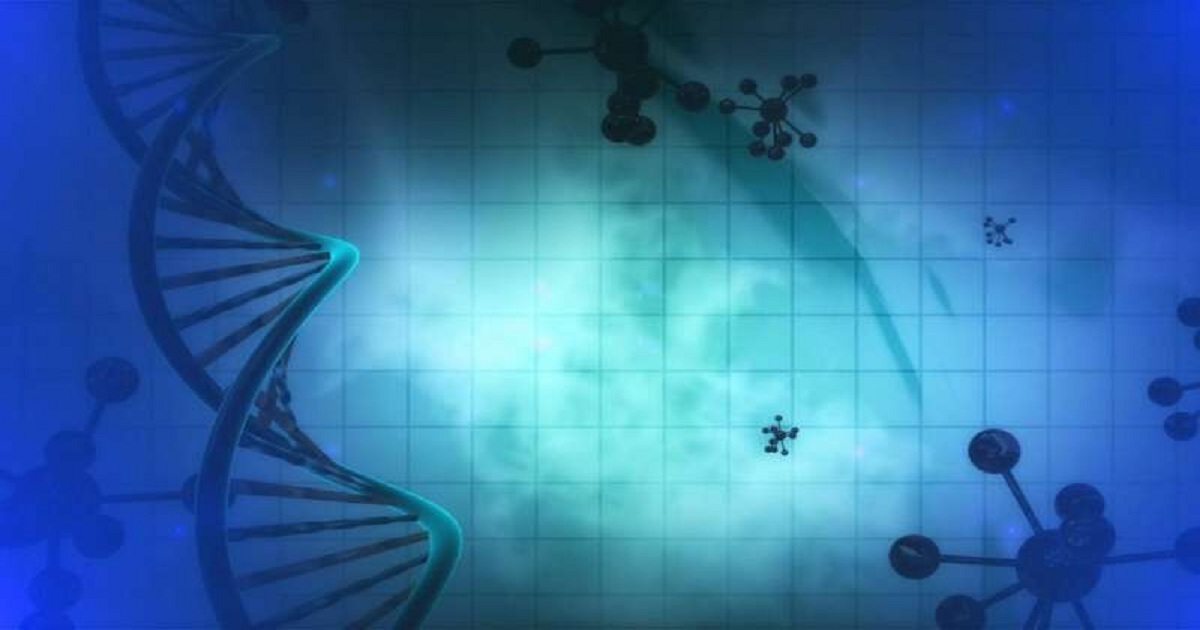Machine learning provides new paradigm in understanding microbial gene regulation
phys.org | December 05, 2019

E. coli are hardy bacteria, able to live in diverse conditions from the surface of a lettuce leaf to an acidic stomach. To survive and thrive in so many environments, the bacteria must use a network of transcriptional regulators to change their gene expression levels in response to their surroundings. Even in E. coli, one of the best characterized bacteria, it is still a significant challenge for scientists to understand how they coordinate the expression of their thousands of genes. a machine learning algorithm designed to separate mixed signals into their original sources, researchers were able to split a large high-quality collection of gene expression data into around 100 signals that represent the targeted effects of transcriptional regulators. The work was led by Bernhard Palsson, Galletti Professor of Bioengineering at UC San Diego, and Anand V. Sastry, a bioengineering Ph.D. student in the Palsson lab.When analyzing gene expression datasets, scientists traditionally have had to sift through hundreds of differentially expressed genes, trying to find a cohesive pattern or story that connected them together. However, a problem is that many of these genes may be responding to the same underlying signal, making it difficult to discern the root cause of the organism's response, Sastry explained.